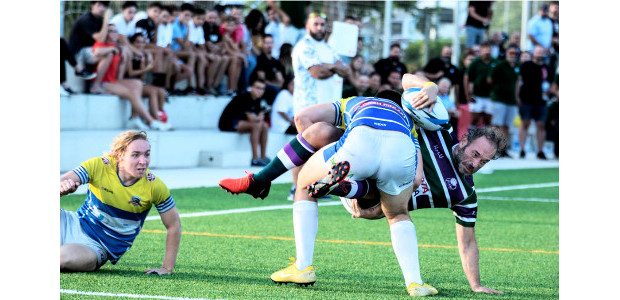Rugby Union vs Rugby League
The 2019 Rugby Union World Cup is quickly approaching and games will begin to take place in Japan this September. Many teams are beginning their warm-up games and last weekend we saw the meet between England and Wales. Before the game Wales were ranked number 2 in the world, behind New Zealand, however, after that performance, predictions for the World Cup are all off. If you’re planning to bet on Rugby World Cup 2019 you might want to start watching these warm-up games more closely.
Not only did England dominate the Welsh Dragons throughout the game, but they managed to score and convert two tries in 14 minutes, something that the favourites of the game should have been able to stop. It has certainly shown that the England squad has a fire in their belly, and are ready to take on the World Cup. You might be thinking “didn’t the World Cup happen just a couple of years ago” – the answer is yes, there was a World Cup but it was for Rugby League. If you didn’t know, there are two different types of Rugby that come with their origins and rules, League and Union.
The creation of Union and League
The sport of Rugby Union is what initially was known as Rugby and it gained its governing body in 1870. It was in schools and clubs that the first laws of the sport were created the following years and in those rules, more importantly, was the highlight that Rugby Union was to be strict on professionalism. This professionalism was ultimately what led to the rise of Rugby League. In the north clubs based in Yorkshire faced some disputes with the RFU after players had missed work in order to play the game – going against professionalism rules. The dispute led to the breakaway of northern teams and it wasn’t long before they created a new type of rugby, Rugby League.
The differences
One of the biggest and most obvious differences when it comes to League and Union Rugby is the number of players. Whilst Rugby Union has 15 players and allows for seven substitutions, Rugby League has only 13 players but ten substitutions. When it comes to playing the two games, the rules are very similar for scoring points. It is how much each action is scored that is different for example; in Rugby Union a try is worth 5 points with a conversion an extra 2 points, a drop goal and penalty are both worth 1 point. In Rugby League a try is worth 4 points with a conversion adding an extra 2, a drop goal or penalty are also worth 2 points each.
One of the most fundamental differences in the play is what happens after a tackle is made. When a player is tackled in Rugby Union, a ruck is formed over the player with the ball, both teams will push to compete for the ball whilst it is on the ground. The player on the floor must release the ball out to one of their players to continue flow. In Union, players on the opposite team can contest for the ball, however, they must come head-on from their side and have both feet on the floor. In Rugby League, this cannot happen, if a player is tackled they must release the ball to their teammate where they can continue play, the ball cannot be contested by the opposing team.
In Union, this sort of play will continue throughout the game, with a line-out happening as a result of the ball going out of play; it is up to the opposing team to win possession during play or in a line-out. In Rugby League, this will only happen six times before they must kick the ball forward towards the opposition – essentially giving them six opportunities to score with possession; if the ball goes out of play, a scrum will take place where the ball went out.
These are the fundamental differences in the games of Rugby, so when you’re watching the Rugby Union World Cup later on in the year, you’ll have more of an idea about what’s going on compared to the last Rugby League World Cup you watched.










